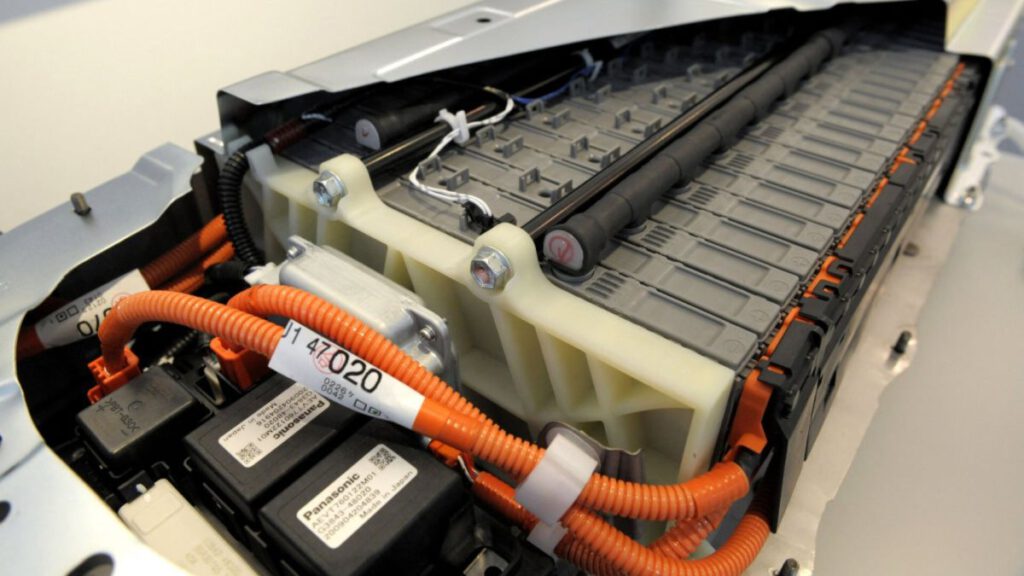President Joe Biden stated during his administration that he wanted half of U.S. auto sales to be electric vehicles by 2030. He even invoked the Defense Protection Act to make sure his dream became a reality.
But EV evangelists like Bob Galyen, former chief technology officer at leading EV battery maker China’s Contemporary Amperex Technology (CATL), don’t believe that is a realistic goal.
Galyen points to China, where there has been less political friction over the past decade regarding the switch from gas-powered cars. Still, between 2012 and 2021, China could only increase EV sales volume to 15% of total passenger vehicle sales.
Galyen believes electric vehicles will be the primary mode of passenger transportation worldwide by 2040.
“…We are finding out that EVs are far more efficient than internal combustion engines and require much less maintenance.
When you think about it, the convenience of driving your car home and plugging it in, rather than stopping at a refueling station, people will use that opportunity to get the charge back into their vehicles so that they always have a full tank of fuel before they leave home. I think the convenience of electrified vehicles and the lower maintenance schedule are going to drive the change even faster.”
Meanwhile, Panasonic says it is two years away from a breakthrough that could revolutionize the space, and increase battery range significantly.
Image source: Kitamura/Getty Images
Panasonic says it is two years away from an EV battery breakthrough
Japanese electronics company Panasonic says it is about two years away from building a battery that could significantly extend the driving range for its EV batteries.
The company is working on a battery that eliminates the anode (negative) side of the equation during the manufacturing stage to increase the unit’s energy density, according to a presentation to reporters.
Related: LG Energy Solution update is great news for EV carmakers
The battery will achieve a “world-leading level” of energy capacity by 2027, said Panasonic Energy Chief Technology Officer Shoichiro Watanabe, according to Reuters.
According to Galyen, it takes about two years to build a battery gigafactory, another year to outfit it with capital equipment and commission the machines, and another year to produce a validation sample that the Original Equipment Manufacturers (OEMs) require before they agree to buy any.
Panasonic already has a large manufacturing footprint, so it is most likely in the latter two stages of that process, leading to the two-year runtime.
Panasonic Energy could add 90 miles to Tesla Model Y battery range
Panasonic’s new battery could be especially beneficial for Tesla (TSLA) , one of its biggest clients.
Panasonic expects its new design to free up space for more active cathode (positive) materials, including nickel, cobalt, and aluminum. This could lead to as much as a 25% increase in battery capacity without having to increase the battery’s size.
This breakthrough could be especially beneficial for Tesla’s flagship Model Y. If the battery can do what Panasonic says it can, the Model Y’s driving range could increase by 90 miles.
Panasonic is already Tesla’s longest-standing battery partner, even as it has diversified its supply chain over the years. This new battery could extend that partnership even further once Panasonic produces a sample that Tesla can test.
Related: Tesla Model Y issue put children in danger, leading to new NHTSA probe




